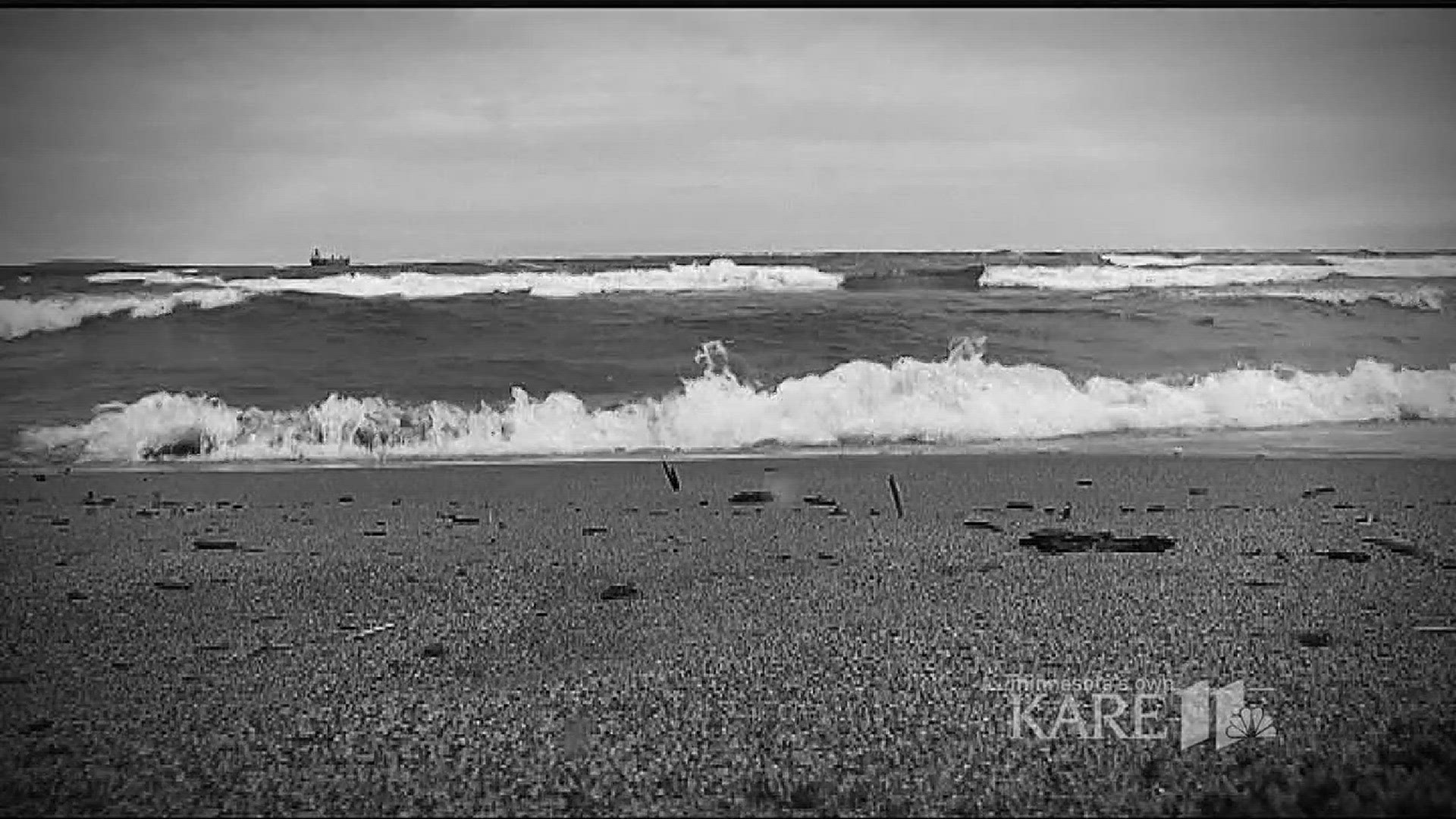DULUTH, Minn. – After a father and daughter swimming at Duluth's Park Point beach drowned from a suspected rip current, a Duluth-based organization is educating Minnesotans about the deadly risk of rip currents.
Minnesota Sea Grant, an organization funded by the National Oceanic and Atmospheric Administration's (NOAA), helped kick-start the flag warning system warning people of rip currents after a 2003 drowning of a young Duluth man, after he was swept out by a rip current.
“We had known that rip currents existed in the Great Lakes, but that was our first big realization here in Duluth that we have them here on Park Point, that they are deadly, and we really need to take them seriously,” said Jesse Schomberg, Minnesota Sea Grant Extension Educator.
Yesterday, red flags flew at the beach, warning people of the high-risk conditions.
Schomberg has conducted surveys that show visitors and those from out of town aren’t familiar with rip currents. So, what defines a rip current?
“Very simply, it’s a narrow, really fast moving channel of water, that goes out into the lake, formed when you have crashing wave -- white caps--and when they crash over a sandbar, they are bringing extra water,” said Schomberg.
The water trapped between the beach and breaking waves builds until a jet shoots outward very quickly, perpendicular to the shoreline.
“That where it gets a name rip current, it rips a hole through the sandbar and all that water that built up starts rushing through that channel,” said Schomberg.
Schomberg says don’t fight the rip current, but instead, swim to the side or swim with it, and remember the three F’s: Flip, Float, and Follow. First, flip over onto your back. Float to conserve energy and keep your head above water. Finally, follow the current until it dissipates. Then swim to shore at an angle.
“One other thing to do, and this sounds counterintuitive and scary, and it is scary, is to do nothing, to float in the water, to make sure you are saving energy and stay above water,” said Schomberg. “If you can just wait long enough and keep your head above water, the current is going to push you back onto the beach.”
Last, Schomberg advises, realize Lake Superior is unlike any other body of water in Minnesota, and recognize its’ power.
“It does things we just don’t expect we have to treat it differently. It’s a frustration of mine that we call Lake Superior a lake, it’s just not like the other lakes,” he said.

